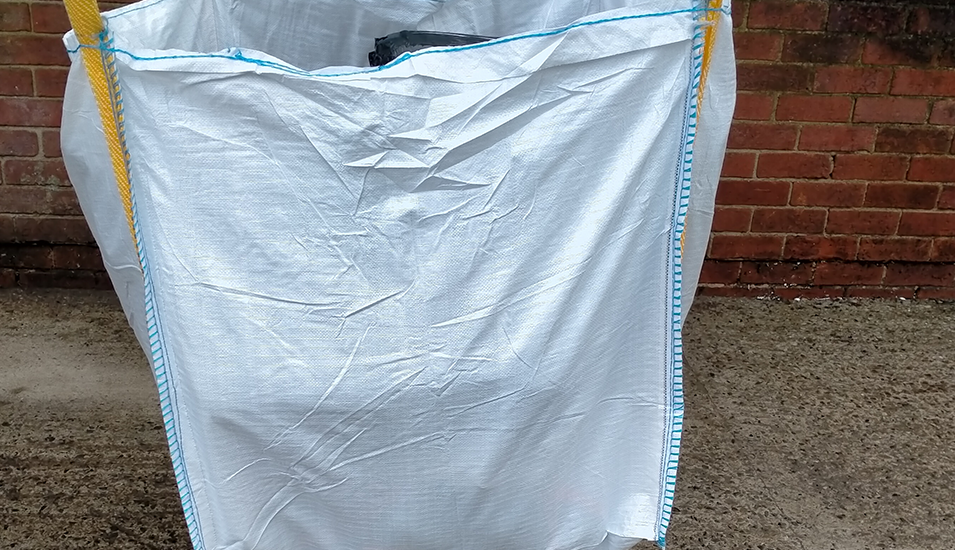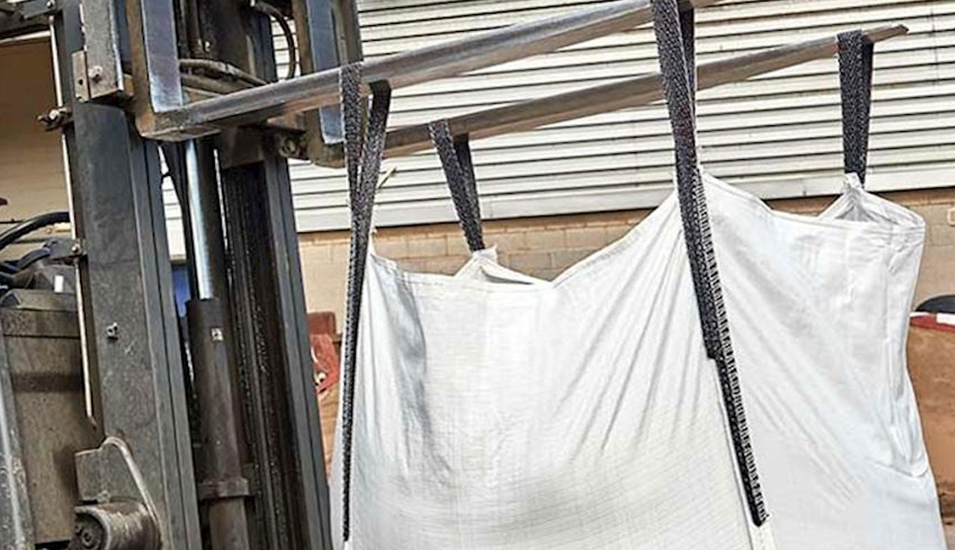
In this article we will be exploring how much weight FIBC bulk bags can safely carry.
Table of contents:
Delving into the certain ways you can moderate your use of FIBC Bulk Bags.
FIBC or bulk bags are an ideal way to move and store large quantities of material.
They’re also referred to as flexitanks, big bags, or container bags.
The maximum weight that these bags can safely transport varies based on the bag’s size and strength.
The requirements for Occupational Health and Safety have evolved significantly during the last two centuries.
Today’s employee enjoys a level of safety that was unimaginable just a few decades ago.
Compared to what workers had to deal with at the start of the Industrial Revolution and prior.
When a work-related major accident happens, it becomes national news.
Even a minor mishap draws the attention of numerous government and commercial departments.
They spring into action trying to identify where things went wrong.
The goal of these organizations is to find out what went wrong, fix the mistakes that caused the accident, and communicate with all stakeholders.
This is all part of the plan to prevent similar instances from occurring again.
The consequences of a fatality at work are often much more severe.
Every workplace procedure will be very closely examined.
When it comes to bulk bags, the obvious hazard when handling and transporting such a heavy item is the product’s weight.
A standard bulk bag can hold a weight of up to 1,000 kgs, or 2,205 pounds.
Custom bulk bag designs can vary in weight capacities.
When these tremendous weights are suspended in mid-air around employees and equipment, the importance of safety cannot be overstated.
That’s where these FIBC (Flexible Intermediate Bulk Container) safety phrases come into play.
Safe Working Load And Safety Factor
The Safe Working Load (SWL) and Safety Factor (SF) are two concepts that often get confused.
We’ll examine them separately so you can understand what they’re all about.
These two phrases should be firmly in your vocabulary if you’re dealing with any quantity of bulk bags.
The Safety Factor is sometimes known as the Safety Ratio since it is, after all, a ratio.
The maximum safe weight lifting capacity of a bulk bag is its SWL (Safe Working Load).
This implies that the bulk bag was created and built to meet those requirements.
From the cloth’s thickness to the width of the lifting loops, everything was built to support that maximum weight.
When you’re hauling around hundreds/ thousands of kilos, it’s not “just a bag”.
Unsurprisingly, a 1,000-kg (2,205-lb) bulk bag should never be filled with any material greater than 1,000 kg.
Safe Working Loads play a crucial role in allowing workers to calculate the total load their bags can safely lift.
When a bag is forced to carry more weight than its SWL ability, it can result in significant workplace injuries or even fatalities.
Knowing the SWL of your bags allows you to figure out how much product you can safely fill the bags with based on their bulk density.
How Much Weight Can FIBC/Bulk Bags Carry Safely?
When working on a large product with large amounts of material, the question ‘how much weight can a FIBC/ Bulk Carry Safely can prove to be very influential.
Which is why it’s essential you get it right.
Whether an employer or employee.
The last thing you want, is to have played a part in a fatal incident that occurred due to poor judgement.
Numbers never lie.
How To Calculate A Safe Working Load
The SWL of bulk bags is calculated as follows.
You probably know that a yard contains 27 cubic feet.
If you also know that wheat flour has a density of about 42 pounds per square foot, you can simply multiply 27 by 42 to get 1,134.
1,134 is the total number of pounds that a cubic yard of wheat flour weighs.
So a bag with a capacity of 2,200 pounds could safely contain a cubic yard of wheat flour.
However, if you had 2 cubic yards of wheat flour, the combined weight would be 2,268 pounds.
Despite the fact that 2,268 is only a little larger than 2,200, you should not put both cubic yards of flour into a single bag with an SWL of only 2,200.
To guarantee the safety of your employees, you’ll need to separate the goods or utilize a bag with a higher rating.
What Standards Establish Proper Safe Working Load and Safety Factor?
The European Flexible Intermediate Bulk Container Association (EFIBCA) established Safety Factor standards for FIBCs in the 1980s.
This was to help provide for safety in the workplace.
More recently, the International Organisation for Standardisation’s cemented the criteria above to ensure quality, reliable bags and protect worker safety.
How Safety Factor Is Determined
To determine the safety and usability of a bag, manufacturers use what is known as the peak load test.
During the peak load test, a bag with an SF of 5:1 should be able to endure five times the SWL after being used 30 times.
If the bag fails at these conditions, it is not suitable for industrial or commercial usage.
For example, say the SWL of a bag were 1000 lbs .
If the bag could endure up to 5000 pounds of pressure, it would pass the test.
Once the cyclic test was carried out with 2000 pounds of pressure 30 times.
A bag with a SF of 6:1 should be able to withstand six times the SWL, implying that it will handle amounts ranging from 600 to 1,000 gallons.
That’s after having been put through 70 cycles of three times the SWL.
Because this test is more stringent, a bag that does not break before completing the test may be labeled as a multi-use bag.
If the bag’s SWL were 1000 pounds, it would pass the 6:1 testing if it could withstand up to 6000 pounds of pressure.
That’s after enduring the cyclic test at a pressure of 3000 pounds 70 times.
Get In Touch
When you need a safe, sturdy FIBC bag, Qube UK should be your first stop.
It’s our mission to make your bag buying experience easy, informative, and enjoyable.
We also want to share our knowledge with you, so you can make the best purchasing decision for the company you represent.

